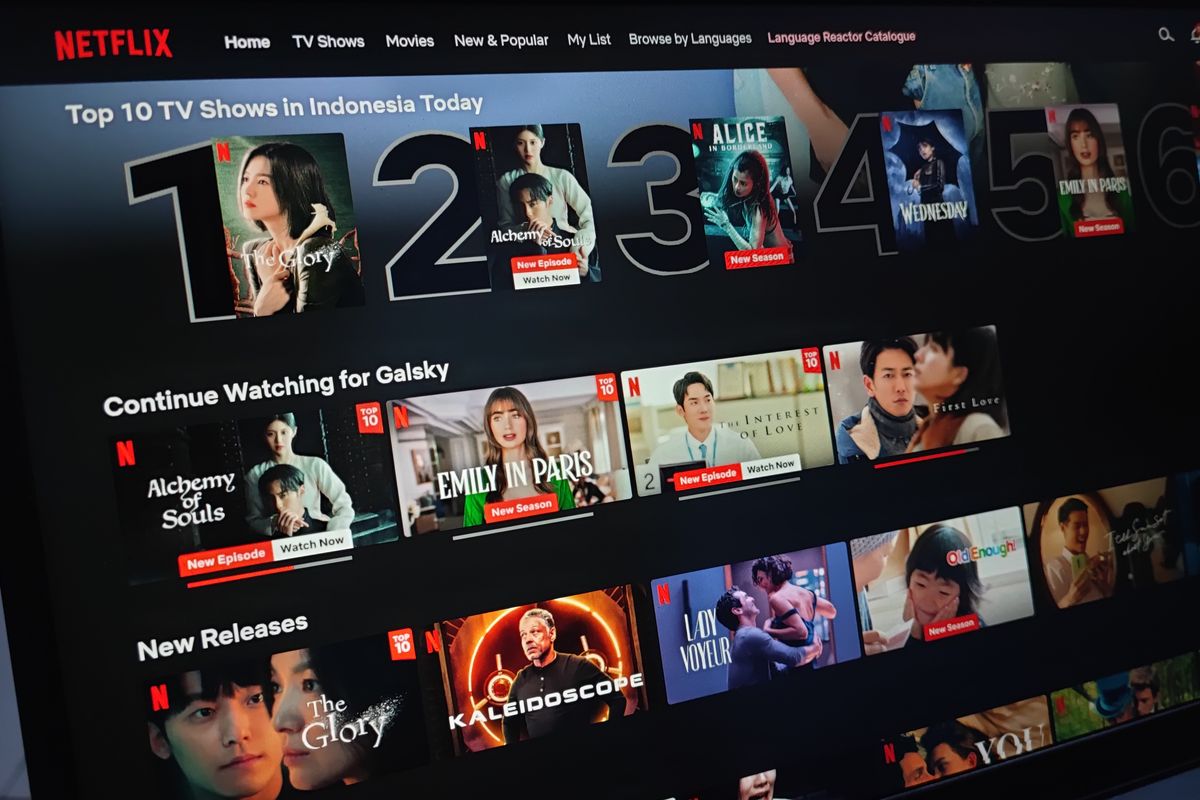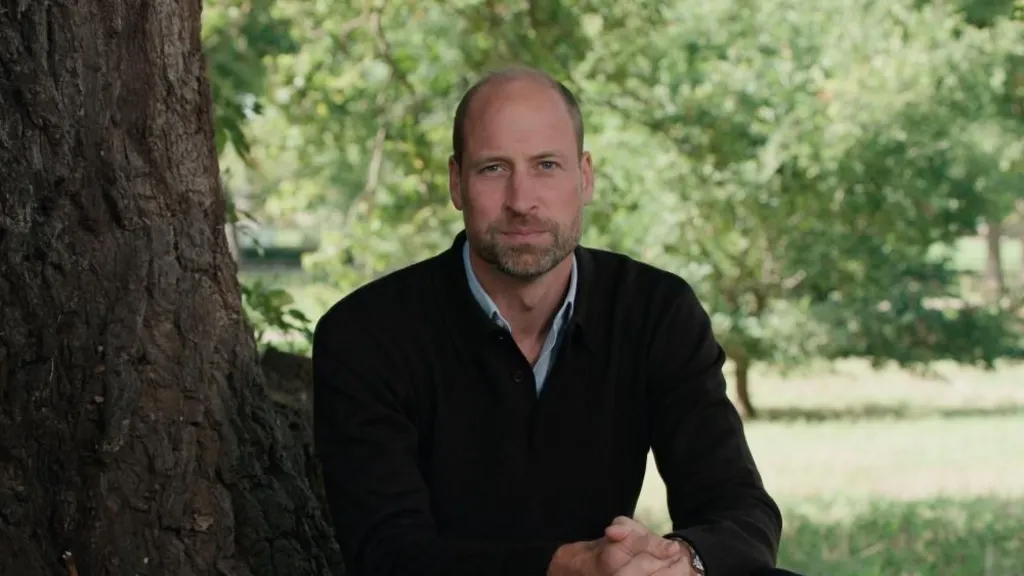Netflix is transforming the traditional cable bundle concept but is notably excluding one significant element: news programming. The streaming titan, which has played a crucial role in dismantling the linear television industry and ushering in the streaming era, is now adopting features reminiscent of the old entertainment conglomerates.
In a notable shift, Netflix has incorporated advertisements into its service, a move it resisted for years. Today, it boasts over 40 million subscribers to its ad-supported tier. Additionally, Netflix has ventured into live comedy events, such as the Tom Brady roast and John Mulaney’s “Everybody’s In L.A.” Furthermore, the company is expanding its footprint in live sports, despite earlier assertions of limited interest in this field.
Recently, Netflix announced a groundbreaking deal with the NFL to broadcast two games on Christmas Day. This addition complements its growing portfolio of live sports content, which will soon include WWE “Raw,” exclusive to the platform starting next year. “Last year, we decided to take a big bet on live — tapping into massive fandoms across comedy, reality TV, sports, and more,” stated Bela Bajaria, Netflix’s chief content officer.
However, despite these expansions, Netflix has conspicuously avoided news programming. The platform has neither live news broadcasts nor pre-recorded news shows akin to “Vice News Tonight” or “60 Minutes.” Discussions with talent agents confirm that Netflix has no plans to delve into news. “The entertainment platforms are not interested in news,” one agent explained anonymously. “Their audiences don’t want it and it can be polarizing. It’s just not worth it for them.”
By eschewing news, Netflix aligns with other tech and media giants like Meta, which have disrupted traditional news models but chosen not to invest in news production. There are several reasons for this. First, news content typically garners less viewership than entertainment. Second, news has become highly polarized, with even factual statements, such as affirming the results of the 2020 presidential election, potentially alienating segments of the audience. This polarization complicates advertising and risks subscriber churn.
From a business standpoint, Netflix’s strategy to avoid news is sensible. Investing in news would require resources for content that is less popular and more contentious, posing risks to the company’s broader business model.
Nevertheless, there is a strong argument that companies like Netflix have a civic responsibility to support news and public affairs programming, particularly given their role in disrupting traditional news business models. Quality journalism is vital for healthy democracies, and the decline of the news industry has profound implications for society.
Historically, major media companies have invested in journalism. Warner Bros. Discovery owns CNN, Comcast has NBC News, Disney oversees ABC News, and Paramount controls CBS News. Even during the rise of cable, companies supported C-SPAN, providing continuous governmental coverage. Therefore, it is reasonable to consider whether a platform like Netflix should make similar commitments to news programming.
Creating a cable bundle without news is akin to serving a meal with steak, potatoes, and ice cream but leaving out the vegetables. While vegetables might not be the most appealing part of the meal, they are essential for a balanced diet. Similarly, focusing solely on comedy and sports may satisfy Netflix’s audience but does not contribute to the public good. Netflix’s current direction, emphasizing entertainment while neglecting news, risks further weakening traditional television news outlets. As streaming continues to dominate, the absence of news from Netflix’s offerings highlights a significant gap in the modern media landscape.









